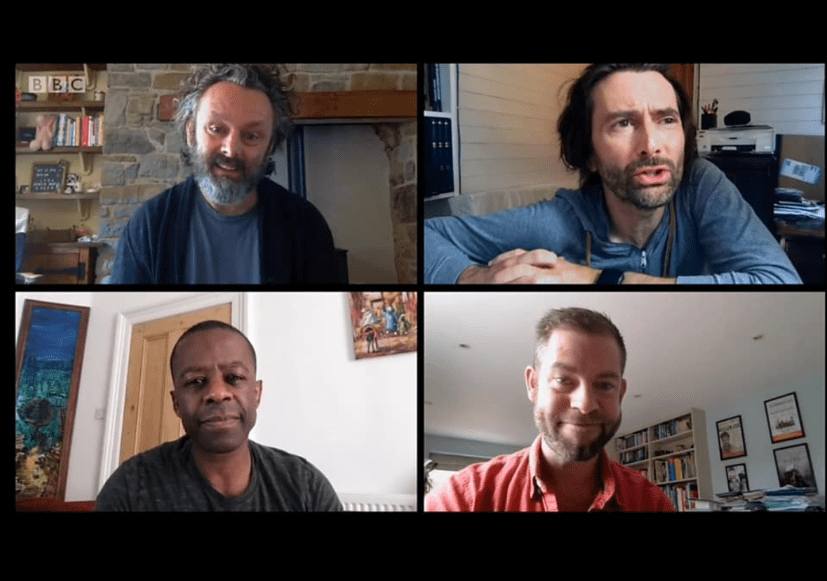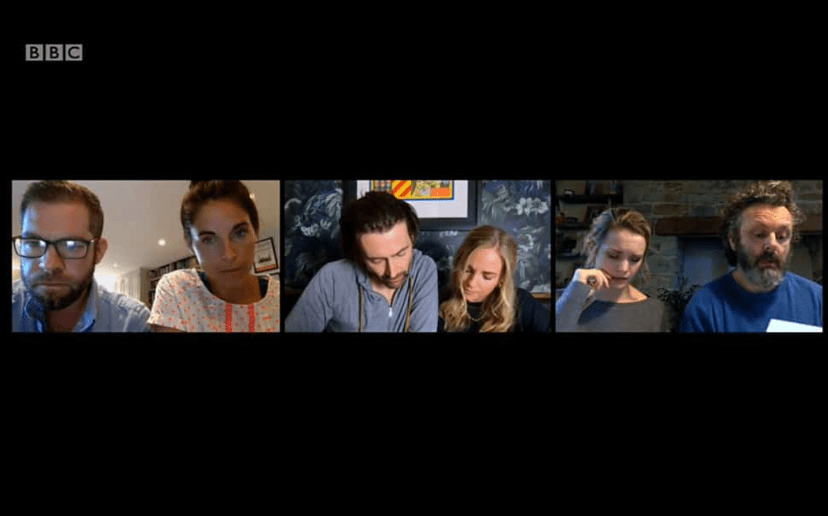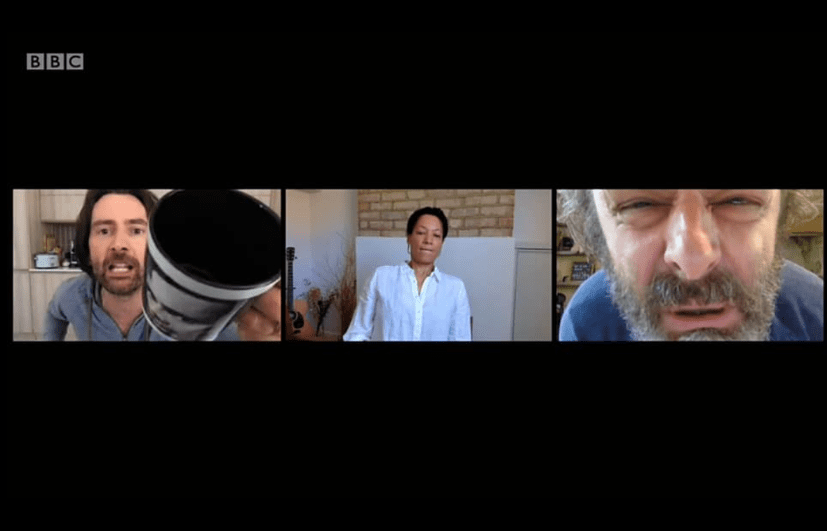We all know what a comic is, ”Juxtaposed pictorial and other images in deliberate sequence, intended to convey information and/or to produce an aesthetic response in the viewer” (McCloud Scott, Understanding Comics).
We know them when we see them and when someone tells us they’ve read a comic, we know exactly what they mean. But how clear is our understanding of what they mean? Would we think of fumetti, those Photo Comics where each panel is a photograph, and all of the drawn elements have been removed? These were popular in the National Lampoon Magazine and several UK newspapers and a massive part of the Comics industry in Italy.
Or Motion Comics? A combination of illustration and animation where extended scenes might include sound effects and verbal elements to produce an audio/visual sensation on a screen. The frames, or panels, are often kept in place, but the sequences they depict are often highly stylized. In 2008 the seminal work Watchmen was turned into a motion comic and released to coincide with the blockbuster movie. The comic includes captions and animated versions of the pages from the original comic book release. The caption boxes and word balloons are read aloud. The characters are given voices by a single voice actor, Tom Stechschulte. This gives the entire project the feel of an animated audiobook, mixing up media like the multimodal narrative woven throughout Moore and Gibbons’ masterpiece.

Staged, A Comic
Currently available on Netflix is the BBC comedy series Staged. Made and set during the pandemic, the series features a group of actors who attempt to rehearse a play using video calls. One of the most striking elements of the series is not the acting, which is magnificent throughout, or the surprisingly touching plot, but the commonalities that the series shares with a Comics form. It may be a television show, but the structure and design have numerous crossovers with comics and how we read them.
On the surface, this may seem like a bold statement and one that is instantly open to ridicule; however, a quick look at the presentation of Staged on a screen should make it immediately clear where my thinking is coming from (see image above).
The characters exist within their own computer screens, which act like frames, encapsulating the character and the characters’ family. For most of the series, the central protagonists are seen through this unique lens, and their interactions are displayed on the screen next to each other, producing a ‘strip’ like image. Each screen is displayed like a panel, interacting directly with the panel by its side. As one character speaks, the other is silent, and then the focus shifts. We ‘read’ the image on the screen as simultaneous, that both screens occupy the same time, if not space, but we only do this because of the interaction between the characters. Comics are read in the same way, with the progression from one panel to the next, allowing the reader to create a full picture, placing each panel in relation to the others. Our understanding of one panel only exists because of the sequence, just as our understanding of the conversation between David Tennant and Michael Sheen only exists because of the interaction between them, one panel at a time.

On-Screen Panel Layout
In some scenes, there are multiple screens with several characters but these behave in exactly the same way. As a viewer, we move from one screen to the next as the characters act or speak. However, we are constantly aware of the other screens, and we piece the entirety together from the fragments, which is a significant aspect of comic reading.
On occasion, several characters inhabit the same panel, each speaking before the focus shifts, but again, this also happens on a comics page. An exchange or even full conversation can occur in a single panel without confusing the reader. Simple placement techniques will lead a reader through a panel, just as the vocal back and forth leads a viewer through a scene in television.
Even the establishing shot, often important in comic book storytelling, is present in Stages. Long shots or panning shots illustrate each scene’s location and tone so that when the screens return, the audience is not distracted by trying to ‘place’ the action. Establishing shots work in exactly the same way in comics as the following example from Undone By Blood demonstrates. We are shown the grocery store that the protagonist walks into, from that point on the artist only shows us exactly what we need to see for the narrative. We understand she is in a shop and therefore do not need to see the shop setting in every panel.

One of the most important features of comics, and one that is usually absent from film and television, is of course the gutter. The gutter is instrumental to comics reading because this is where the ‘closure’ happens. Readers complete scenes and sequences within the breaks between panels, whether this is the frame or the more obvious gutter. This rarely occurs in film, even with examples of split screens where the separating elements tend to serve a different function. However, in Staged, there is a deliberate use of ‘gutters’ separating the computer screens that serve a narrative function similar to the gutter in a comic. There are even moments where ‘blank’ panels inform the reading of the scene. Large black spaces sit to the left or right of a panel, illustrating the loneliness or the impatience of a character.

Text/Speech
The one element missing from the television series is the Speech Balloon, although there are textual elements that inform and react to the narrative. Each episode’s title sequences relate directly to previous episodes, with the text referencing conversations between the characters.
In Comics, the introduction of Word Balloons ‘shifted the understanding of text within comics: it was no longer read as internal dialogue but rather as a theatrical projection of sound.” (Ian Gordon in Comics Studies: A Guidebook). It is a small step from the internal reading to the verbalization of text. Are Audiobooks still classified as books? And in the same sense, would a spoken word comic still remain a comic? For this, we would have to refer back to the Motion Comic mentioned earlier. A simple addition of animation and sound can transform a comic but still be accepted as one. There’s not much of a leap from there to the presentation of Staged.

Conclusion
I am not suggesting that Staged is a comic and should be analyzed as such, but the functions of Comics, elements of the language that scholars like McCloud and Groensteen discuss, are present in this television series. The shaping of the narrative, the discourse between specifically framed images, and the canvas of the screen are all specifically Comics forms discussed regularly. I mentioned Photo Comics and Motion Comics at the start of this article because they employ techniques not usually associated with comics but still manage to fall under the Comics umbrella. Similarly, Staged is a television show that borrows heavily from the Comics lexicon to create a challenging narrative form. The show demonstrates how the borders between media can be broken down, and a merging of idea’s outside usual thinking can create a new experience.
In an article for The Comics Journal, Kim Jooha introduces Extended Comics, which he describes as ‘artistic/cultural works in any medium that can be viewed as comic or comics-like objects regardless of the intention of the creator.’ In Staged, we find a perfect example of Jooha’s Extended Comic in a television format.

